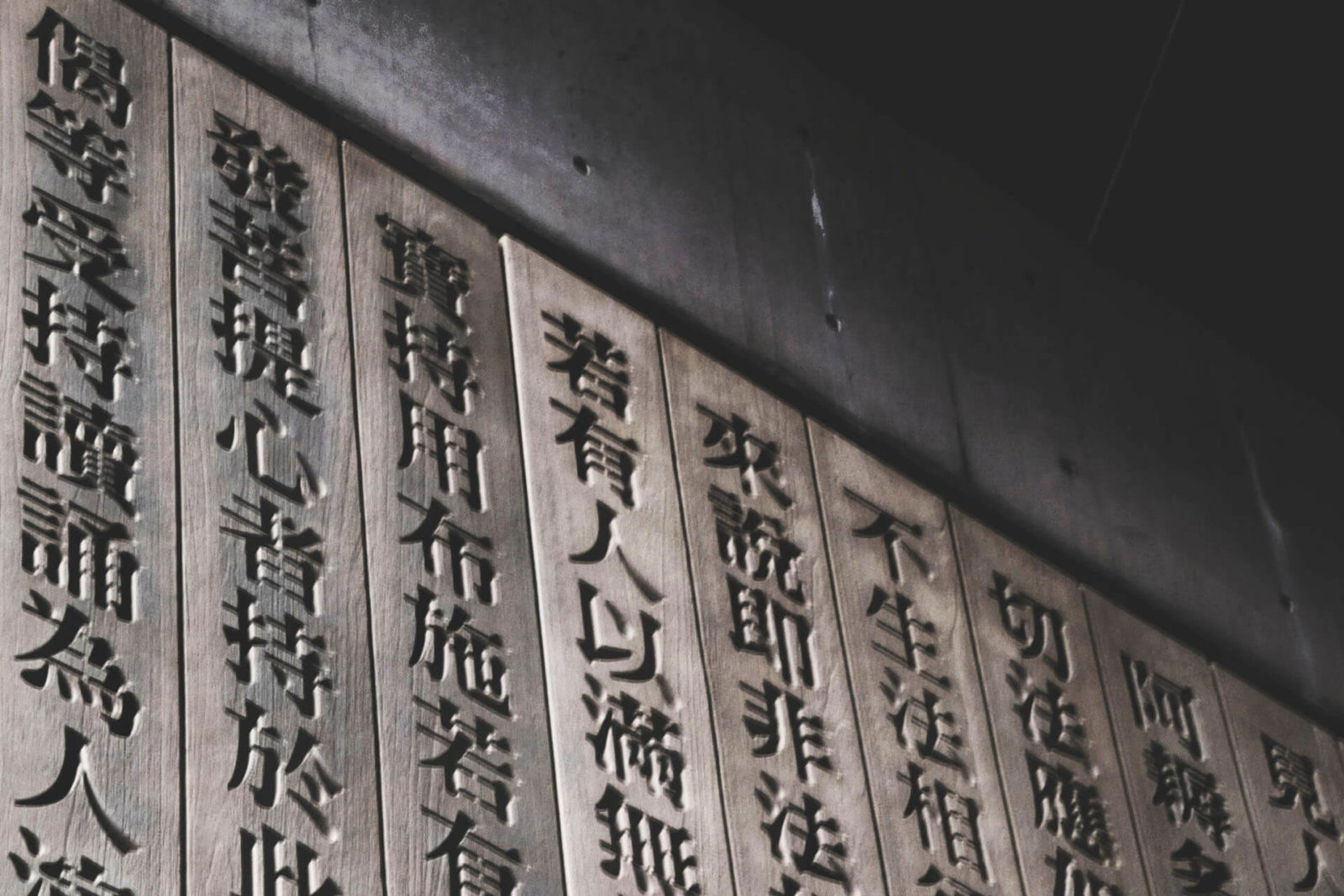Over 1.3 billion people speak Mandarin Chinese, and it has been gaining a lot of influence. Professionals can benefit from learning the language, especially if they intend to get a job in China or interact with its population. This language seems intimidating at first glance, but you can master it if you put in some effort. Chinese has been in use for thousands of years and has a rich literature, which can offer insight into the country’s past. Here’s a look at this fascinating language:
Writing System
Chinese is logical and surprisingly easy to learn. The ‘Hanzi’ writing system includes 50,000 characters and around 500,000 words. You need to learn at least 500 characters to carry out daily communication and 2,000 to 3,000 to read a newspaper or a small book. Educated Chinese individuals know approximately 8,000 hanzi on average while language scholars can know upwards of 10,000 to 20,000.
Most hanzi represent meaning instead of sound, which means a single character can represent a word. The characters are divided into classes, and a majority of them have single-syllable pronunciations. Of these classes, the ancient set consists mostly of pictographs that clearly illustrate the meaning. For example, the character for a tree looks like a tree, and one that means ‘forest’ looks like a collection of trees. These are relatively easy to memorize.
Chinese becomes a little more complicated when you start learning about radicals as they can alter the meaning of a character entirely. Radicals are symbols placed at the top or left of a character and give it a specific meaning. For example, if a character has a ‘heart’ radical near it, you can be sure the former relates to emotion. There are around 214 official radicals, and learning them can make things easier.
Chinese Grammar
The Chinese language doesn’t have a strict grammar structure like most languages in the world do. Hanzi are in fixed form, so it isn’t possible to modify them in any way. For example, you can’t add an ‘s’ to make a word plural or have articles to express tenses. Verbs don’t have past, present, or future tense forms.
However, it is easy to indicate the tense or quantity in a sentence by adding a single character. For example, adding a ‘guo’ character turns the sentence into the past tense. Learners should always focus on understanding the characters before attempting to explore grammar.
Mandarin Tones
Tones are one of the most baffling aspects of the Chinese language. Almost every language has tones, but they are generally used for emphasis or expression. For example, when you say ‘I am so bored’ with an elongated emphasis on ‘so,’ you are expressing emotion.
In Mandarin, things are different, as there are five distinct tones. These tones can alter the meaning of a word significantly. For example, lion, ten, history, and correct are all pronounced as ‘Shi,’ but the tone for every word is different.
- Lion – First or level tone
- Ten – Second or rising tone
- History – Third or falling tone
- Correct – Fourth or sharply falling tone
- The fifth tone sounds neutral and is used very rarely
You need to listen carefully to ensure you get all the tones right. Only practice and exposure to native speakers can help learners master this.
Chinese Dialects
China is one of the oldest civilizations in the world, so it has had a lot of time to develop complex language systems. Mandarin developed in Beijing and was established as China’s official language over 600 years ago by the Yuan Dynasty.
Unsurprisingly, even Mandarin developed dialects as it gained prominence over other local languages. The Northern Beijing dialect influences standard Mandarin, but it sounds different in different regions. The language is spoken by over 61% of the population and used in business communications. Some of the most prominent Chinese dialects include the following:
- Cantonese is spoken primarily in Guangdong Province, Hong Kong, and Macau.
- Hakka is spoken in Fujian Province, Taiwan Island, and some parts of Southeast Asia.
- Shanghainese is spoken in Shanghai and the surrounding regions but is unintelligible to most standard Mandarin speakers.
- Sichuanese comes from the Sichuan province and is an offshoot of Mandarin. However, Standard Mandarin speakers aren’t able to understand it.
These are just some of the many dialects in China. If you want to communicate with the people of this country, it is a good idea to learn either Mandarin Chinese or Cantonese.
In many ways, Chinese is less complicated and confusing than English. Once you understand all the rules, it is easy to figure out this language. Exposure to native speakers is essential if you want to master speaking Mandarin, especially if you want to learn the tones. Regular verbal communication helps learners to understand and absorb the language better.


























Leave a Reply